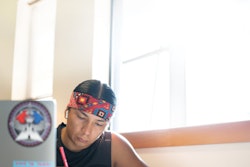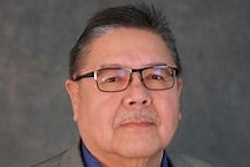For Leonard Dauphinais, one of the most challenging things about running a tribal college is not a lack of federal funding but trying to figure out when that funding will arrive at his school.
“Like everyone else our challenges during this economic downturn are significant,” says Dauphinais, who is the acting president of Turtle Mountain Community College in Balcourt, North Dakota.
“We’re still up and operating – so that’s the good news,” continues Dauphinais, “but trying to get our federal funding in a timely manner has been an ongoing issue for us.”
That’s because for years the money that the nation’s tribal colleges have received through the Bureau of Indian Affairs arrives only after Congress has signed off on a new fiscal year budget, a process that oftentimes takes months.
“The fact is that we are dependent upon this kind of funding and need it to pay our bills,” remarks Michael Parish, the president of Bay Mills Community College in Brimley, Michigan. “If we don’t get that money earlier in the year, it forces us to do things like taking out loans just to sustain ourselves.”
“The bottom line,” remarks Carrie Billy, the president and CEO of the American Indian Higher Education Consortium, “is that, for one reason or another, if the congressional appropriations process is particularly slow, tribal colleges may not receive their funding until December.”
“And sometimes,” continues Billy, “the money may come in as late as April or May, when the academic year is nearly over.”















